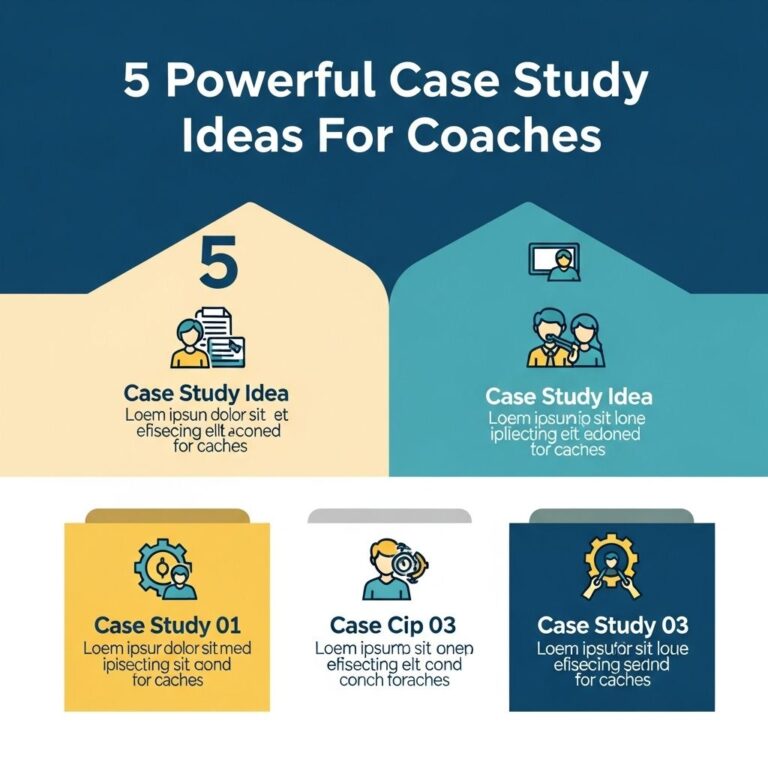In today’s fast-paced world, the ability to think critically and adaptively is more crucial than ever. As technology evolves and the landscape of information changes, our thinking needs to keep up. Fortunately, there are numerous tools available that can help us refine our thought processes. Here, we explore five powerful tools designed to transform the way you think, fostering innovation and enhancing decision-making.
Table of Contents
1. Mind Mapping
Mind mapping is a visual thinking tool that helps organize information, enabling a more structured approach to idea generation. This technique involves creating a diagram that represents words, ideas, tasks, or concepts linked around a central concept.
Benefits of Mind Mapping
- Enhances creativity by allowing free association of ideas.
- Improves memory retention through visual cues.
- Encourages problem-solving by breaking down concepts into smaller, manageable parts.
How to Create a Mind Map
- Start with a central idea in the middle of a blank page.
- Branch out with related sub-ideas, using lines to connect them.
- Add keywords, images, and colors to enhance visualization.
- Review and revise to refine your thoughts further.
2. The Six Thinking Hats
This technique, developed by Edward de Bono, encourages parallel thinking and helps individuals and groups to approach problems from multiple perspectives. Each hat represents a different style of thinking.
Overview of the Six Hats
| Hat Color | Thinking Style |
|---|---|
| White | Facts and Information |
| Red | Feelings and Emotions |
| Black | Caution and Critique |
| Yellow | Optimism and Benefits |
| Green | Creativity and Alternatives |
| Blue | Process Control and Organization |
Implementing the Method
To utilize the Six Thinking Hats method effectively:
- Identify the issue at hand.
- Assign a hat for discussion.
- Encourage participants to express their thoughts in line with the assigned hat.
- Switch hats to explore the same issue from different angles.
3. The Eisenhower Matrix
Also known as the Urgent-Important Matrix, this tool helps prioritize tasks based on urgency and importance. It aids in decision-making and can drastically improve productivity.
Matrix Overview
| Quadrant | Task Type |
|---|---|
| Quadrant 1 | Urgent and Important |
| Quadrant 2 | Not Urgent but Important |
| Quadrant 3 | Urgent but Not Important |
| Quadrant 4 | Not Urgent and Not Important |
Using the Eisenhower Matrix
- List all tasks at hand.
- Assess each task based on urgency and importance.
- Place each task in the appropriate quadrant.
- Focus on completing tasks in Quadrant 1 first, followed by Quadrant 2.
4. SWOT Analysis
SWOT Analysis is a strategic planning tool used to identify strengths, weaknesses, opportunities, and threats related to a project or business venture. This framework encourages a comprehensive understanding of both internal and external factors influencing decision-making.
Conducting a SWOT Analysis
- Strengths: What advantages do you have?
- Weaknesses: What could you improve?
- Opportunities: What trends or shifts can you capitalize on?
- Threats: What obstacles do you face?
Steps to Perform a SWOT Analysis
- Gather a team to brainstorm ideas for each category.
- Document inputs in a clear and organized manner.
- Identify strategic actions based on the analysis.
5. Reflection Journals
Keeping a reflection journal is a powerful method for enhancing self-awareness and critical thinking. Writing down thoughts helps clarify beliefs, assess past actions, and consider future possibilities.
Benefits of Reflection Journals
- Enhances self-reflection and personal growth.
- Improves clarity of thought and decision-making.
- Encourages accountability by tracking progress.
How to Start a Reflection Journal
- Choose a medium (physical notebook or digital app).
- Set a regular schedule (daily or weekly) to write.
- Reflect on your experiences, thoughts, and feelings.
- Review entries periodically to identify patterns or insights.
Conclusion
Transforming your thinking doesn’t happen overnight; it requires intention and practice. By incorporating tools like mind mapping, the Six Thinking Hats, the Eisenhower Matrix, SWOT analysis, and reflection journals, you can sharpen your cognitive abilities and enhance your problem-solving skills. As you adopt these techniques into your daily routine, you’ll find that your ability to think critically, creatively, and strategically will grow, leading to more effective decisions and innovative outcomes.
FAQ
What are some effective tools to change my thinking?
Some effective tools to change your thinking include mindfulness meditation, cognitive restructuring, journaling, visualization techniques, and engaging in constructive feedback.
How can mindfulness meditation change my thinking?
Mindfulness meditation helps you become more aware of your thoughts, allowing you to observe and alter negative thinking patterns, leading to improved mental clarity and emotional well-being.
What is cognitive restructuring and how does it work?
Cognitive restructuring is a psychological technique that involves identifying and challenging negative thought patterns, replacing them with more positive and realistic ones to change your overall mindset.
Can journaling really help in changing my mindset?
Yes, journaling allows you to reflect on your thoughts and feelings, helping you identify negative patterns and articulate your goals, which can promote a more positive and constructive mindset.
How does visualization technique aid in transforming my thinking?
Visualization techniques involve creating mental images of your goals and desired outcomes, which can enhance motivation and positive thinking, making it easier to overcome challenges.
What role does constructive feedback play in changing thought patterns?
Constructive feedback provides valuable insights into your behavior and thought processes, allowing you to adjust your perspective and develop a more positive approach to challenges.









